First JWST images excite and relieve astronomers
Original Publication Date: 2022-07-12 22:49
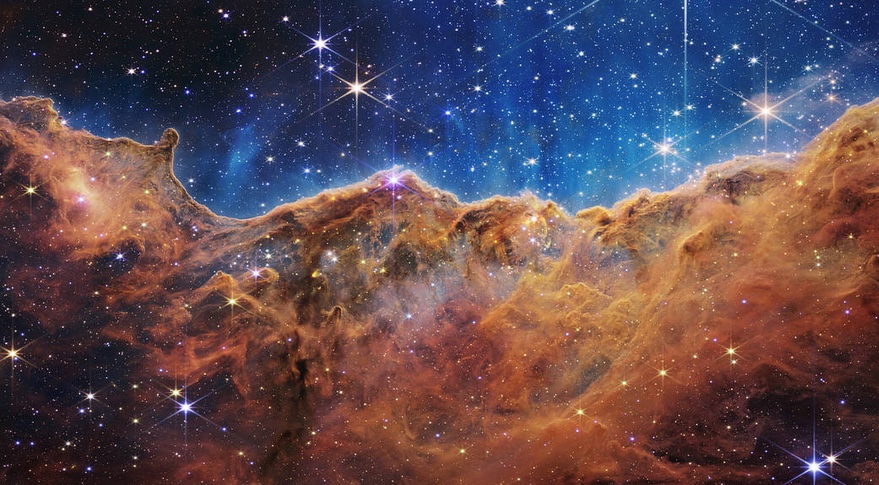
NASA releases first science observations from the James Webb Space Telescope. Observations include images of the Carina Nebula, a star-forming region previously observed in lower resolution by the Hubble Space Telescope. Scientists stunned by the quality of the initial observations, demonstrating that the telescope was performing better than specified.
OneWeb backs up Starlink 5G interference warning
Original Publication Date: 2022-07-12 20:46
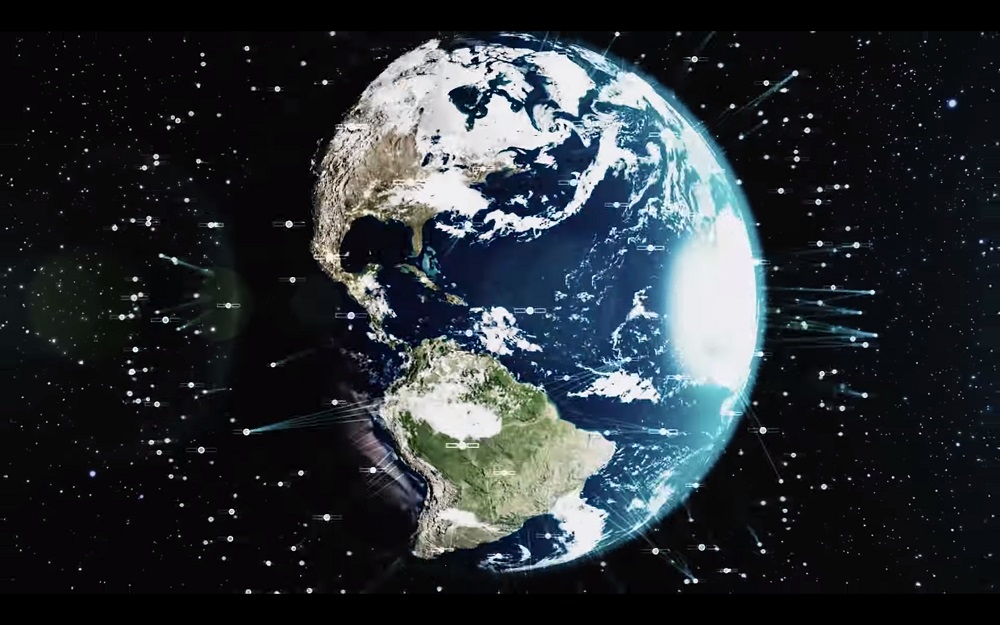
OneWeb urges the FCC to reject a request to run two-way mobile services in the band. If approved, “it would leave significant areas of the United States unusable,” OneWeb says. 5G for 12 GHz Coalition slams SpaceX’s study as “scientifically and logically flawed”
China to target near-Earth object 2020 PN1 for asteroid deflection mission
Original Publication Date: 2022-07-12 12:12
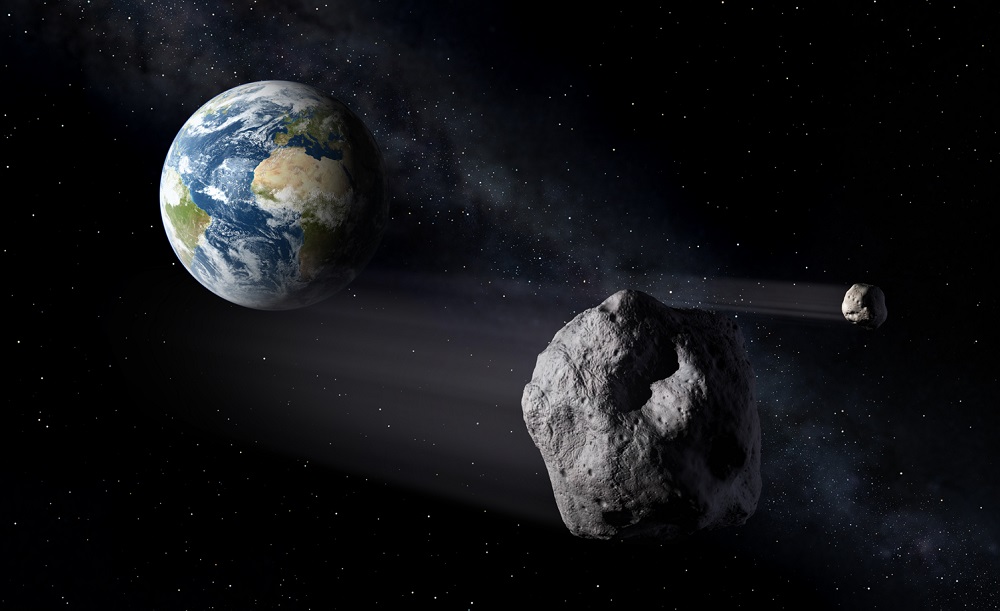
China has set its sights on near-Earth object 202 PN1 as the target for a combined asteroid deflection and observation test mission. The mission will include a separate impactor and orbiter. China earlier announced plans in April to attempt to alter the orbit of a potentially threatening asteroid with a kinetic impactor test.
China prepares for July 24 launch of second space station module
Original Publication Date: 2022-07-14 13:15
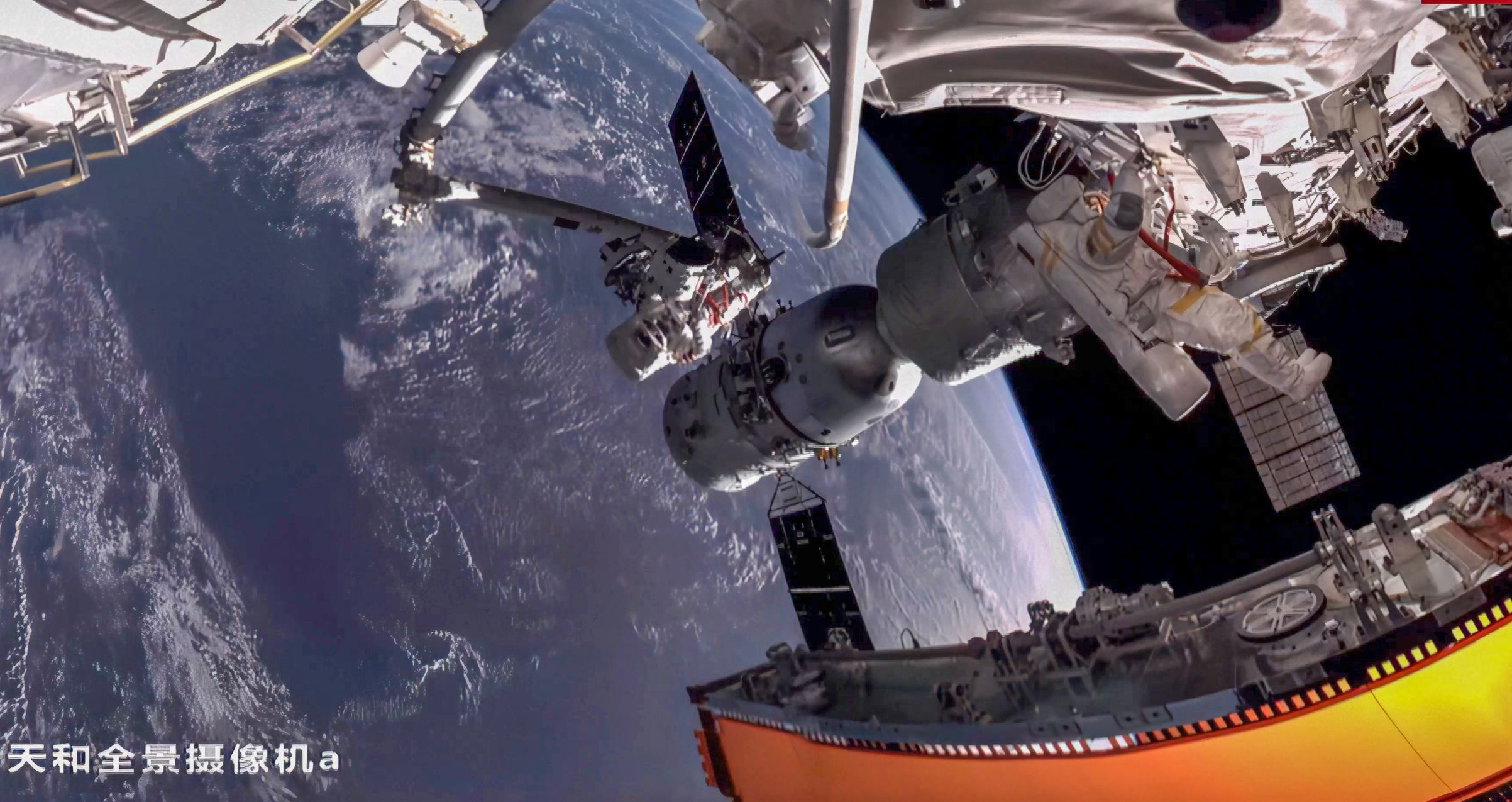
China is gearing up to send a second module to its under-construction space station with a launch later this month. A Long March 5B heavy-lift rocket will launch the roughly 22-ton Wentian experiment module. Wentian is expected to rendezvous and join Tianhe, the similarly-sized core module for the Tiangong space station.
NASA and Roscosmos nearing completion of seat barter agreement
Original Publication Date: 2022-07-14 11:46
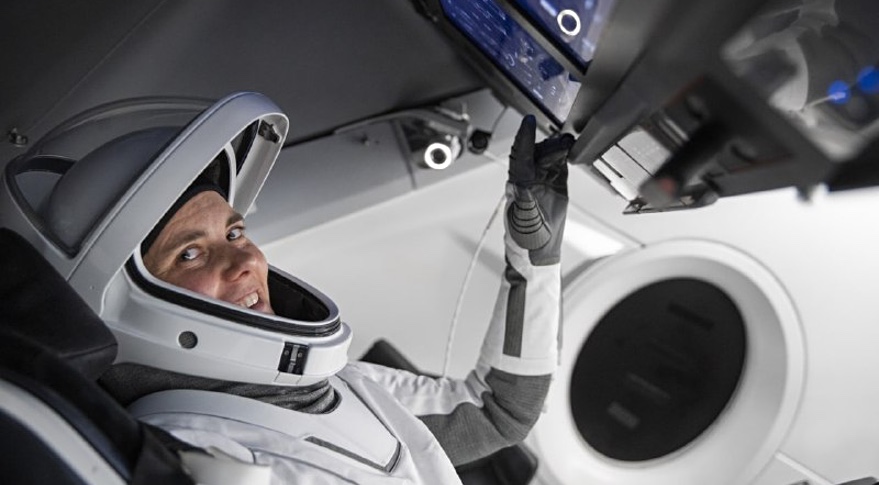
NASA, Roscosmos in final stages of completing long-awaited agreement. Agreement would allow Russian cosmonauts to fly on commercial crew vehicles. It would allow American astronauts to fly on Soyuz spacecraft. Agreement has been in negotiations and reviews for months by the two agencies.
Office of Space Commerce to start developing architecture for traffic management
Original Publication Date: 2022-07-13 22:46
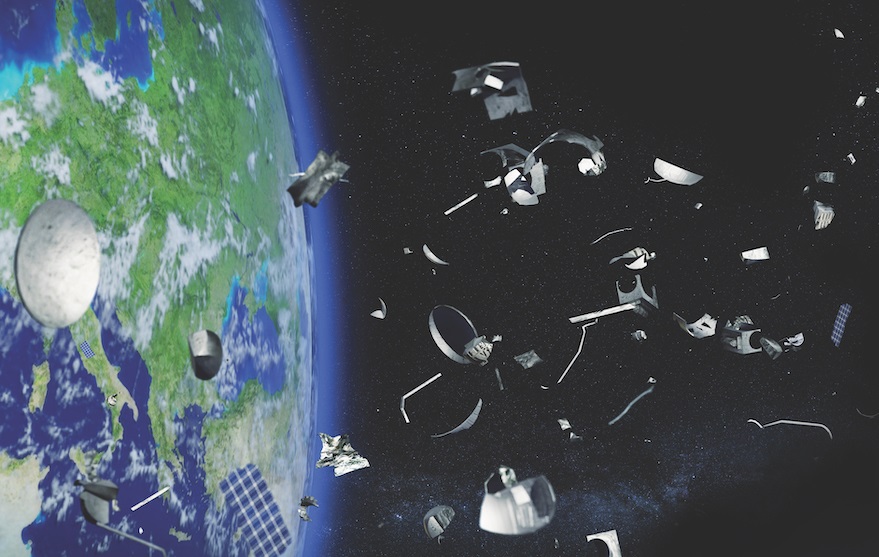
Office of Space Commerce to start developing architecture for space traffic management. Richard DalBello, a space industry veteran and former government official, was named to the top job in April. The Biden administration requested $87.8 million for the Office of Space Commerce for 2023.
Second ViaSat-3 payload arrives in California for integration
Original Publication Date: 2022-07-13 20:30
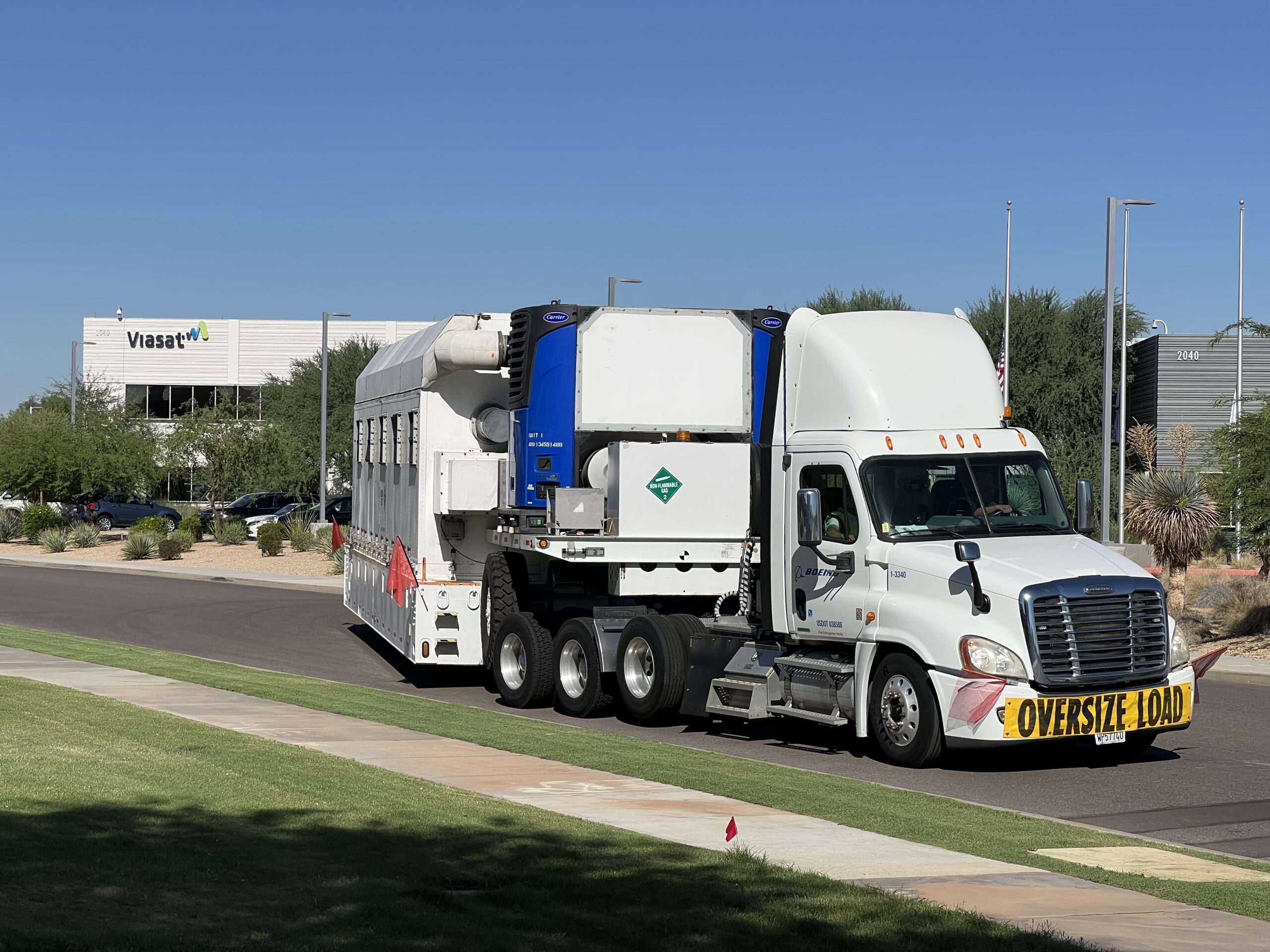
Viasat's second ViaSat-3 broadband satellite arrives in California to be integrated with a Boeing chassis. The satellite is slated to launch to geostationary orbit (GEO) later in 2022 on a SpaceX Falcon Heavy rocket. Viasat is developing all three payload modules in-house.
Rocket Lab launches first of two back-to-back missions for NRO – Spaceflight Now
Original Publication Date: 2022-07-13 00:00
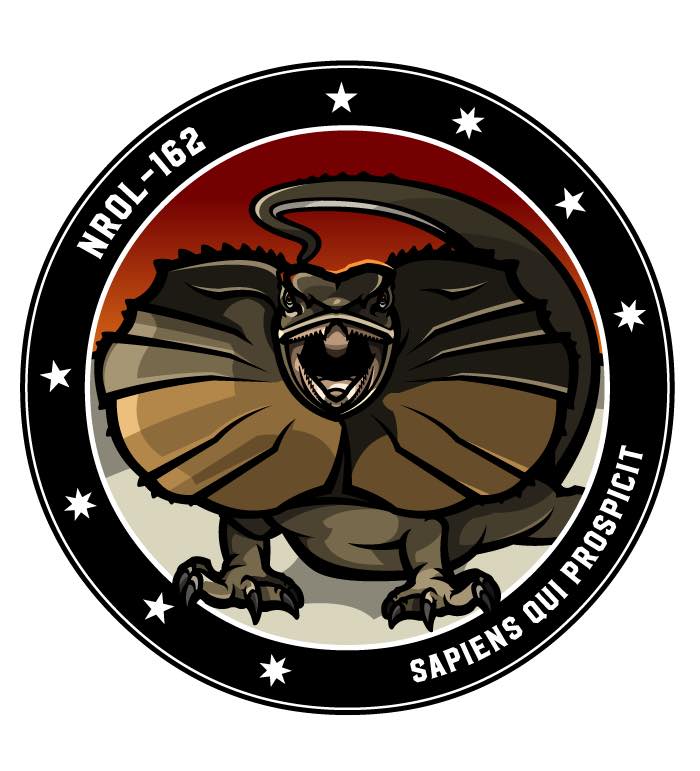
Rocket Lab launches classified payload into orbit from New Zealand. First of two back-to-back Rocket Lab missions for the U.S. Government's spy satellite agency. Rocket Lab’s Electron rocket is designed to carry small payloads into orbit. The two missions — designated NROL-162 and NROL-199 — are scheduled as little as nine days apart.
Live coverage: Upgraded Vega rocket launches on inaugural flight – Spaceflight Now
Original Publication Date: 2022-07-13 00:00
Arianespace’s live video webcast begins at approximately 1045 GMT (6:45 a.m. EDT) Arianespace will launch a Vega-C rocket with the Italian Space Agency’s LARES 2 satellite for experimental physics research. Text updates will appear automatically below.
Live coverage: Rocket Lab launches NRO mission – Spaceflight Now
Original Publication Date: 2022-07-13 00:00
Rocket Lab Electron rocket to launch from Launch Complex 1A on Mahia Peninsula in New Zealand on a satellite delivery mission for the National Reconnaissance Office. Rocket Lab’s live video webcast begins approximately 20 minutes prior to launch, and will be available on this page.
Europe’s upgraded Vega-C launcher ready for first flight – Spaceflight Now
Original Publication Date: 2022-07-12 00:00
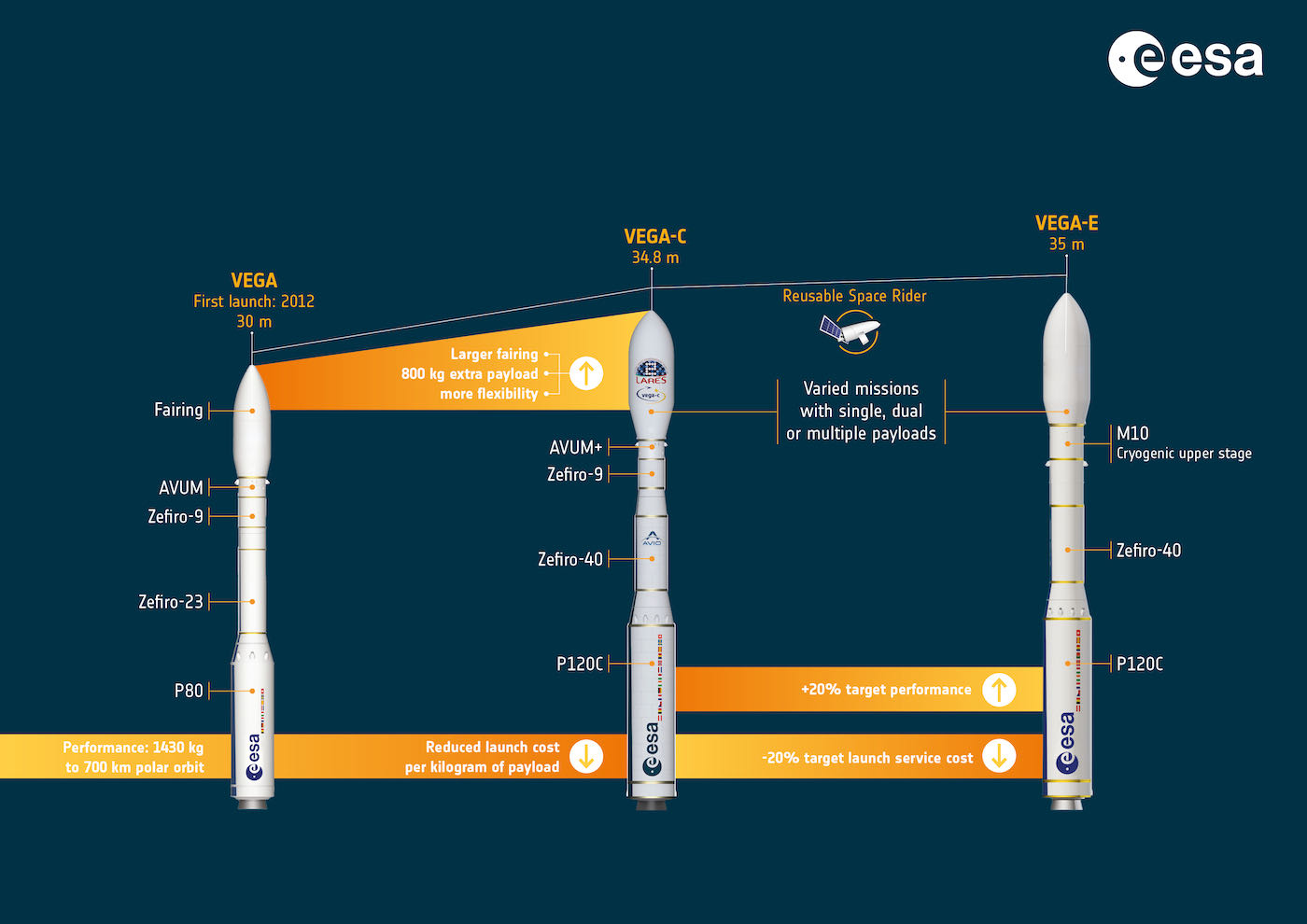
Vega-C is an upgraded version of the European Vega launcher. The first 114-foot-tall (34.8-meter) Vega-C rocket is scheduled to lift off at 7:13 a.m. EDT. The rocket is capable of hauling up to 5,070 pounds (2.3 metric tons) of payload mass.
JWST teases new era in exoplanet astronomy – Spaceflight Now
Original Publication Date: 2022-07-12 00:00
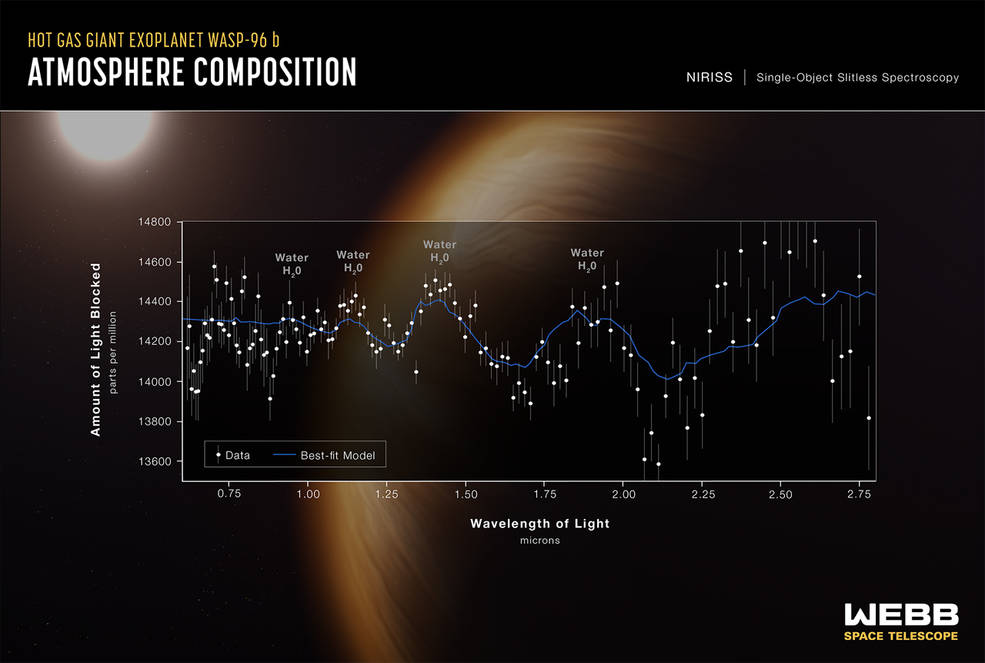
WASP-96 b orbits a sun-like star 1,150 light-years from Earth. The James Webb Space Telescope found evidence of clouds and water vapor in the planet's atmosphere. The Webb telescope is the largest astronomical observatory ever put into space. Future targets for Webb include the seven rocky planets of the TRAPPIST-1 system.
NASASpaceFlight.com
India launched its 55th Polar Satellite Launch Vehicle (PSLV) – in its Core Alone (CA) configuration – carrying nine payloads to a low Earth orbit (LEO) These included POEM, to demonstrate using the fourth stage as a hosted payload bus. PSLV-C53 launched from the second launch pad at the Satish Dhawan Space Centre on June 30, 2022.
Commercial Archives
NASA, the European Space Agency (ESA), and the Canadian Space Agency (CSA) have released the first set of full-color images taken by the James Webb Space Telescope. A total of five images were released, with the first image being unveiled by United States President Joe Biden and Vice President Kamala Harris at the White House on July 11. The five targets of the images were the Carina Nebula, WASP-96b, the Southern Ring Nebula, Stephan’s Quintet, and SMACS 0723.
International Archives
The James Webb Space Telescope is the world’s newest, most powerful, and largest space telescope. A total of five images were released, with the first image being unveiled by United States President Joe Biden and Vice President Kamala Harris at the White House on July 11.
Chinese Long March 3B Launches APStar-6C Communications Satellite – Spaceflight101

China successfully launched the APStar-6C communications satellite on Thursday. Long March 3B rocket lifted off from the Xichang Satellite Launch Center at 16:06 UTC on a mission of under half an hour. The satellite will deliver VSAT services, video distribution, Direct-to-Home television and high-throughput cellular backhaul.
Blue Origin’s New Shepard Reaches new Heights in latest Test Flight – Spaceflight101

Blue Origin returned to its West Texas testing grounds on Sunday for the eighth flight of its reusable New Shepard launch system. Sunday’s flight marked the second for this particular set of hardware, following up on the successful December 2017 mission that debuted “Crew Capsule 2.0” The mission was designed to expand the vehicle’s operational envelope by sending it to a peak altitude of 107 Kilometers.
ISS Updates – Spaceflight101 – International Space Station

A veteran NASA spacewalker and an EVA rookie from Japan ended their week with nearly six hours of work outside the International Space Station. The restoration of the Station’s Mobile Servicing System started last year and continued in January to provide Canadarm2 with a new pair of grappling hands.
NASA’s New Mineral Dust Detector Readies for Launch

EMIT will identify the composition of mineral dust from Earth’s arid regions. Desert regions produce most of the mineral dust that makes its way into the atmosphere. The imaging spectrometer will also provide information on the color and composition of dust sources globally for the first time.
NASA Reveals Webb Telescope’s First Images of Unseen Universe

The full set of the telescope’s first full-color images and spectroscopic data, which uncover a collection of cosmic features elusive until now, are available at: nasa.gov/webbfirstimages. “This is a singular and historic moment,” said Thomas Zurbuchen, associate administrator for NASA’s Science Mission Directorate. “We are elated to celebrate this extraordinary day with the world,” said Greg Robinson, Webb program director at NASA Headquarters.
President Biden Reveals First Image From NASA’s Webb Telescope

President Joe Biden released the first full-color image from NASA’s James Webb Space Telescope Monday. This first image showcases the powerful capabilities of the Webb mission, a partnership with ESA (European Space Agency) and CSA (Canadian Space Agency) “These images are going to remind the world that America can do big things, and remind the American people – especially our children – that there’s nothing beyond our capacity,” said Biden.
NASA’s Perseverance Scouts Mars Sample Return Campaign Landing Sites

The MSR team calls the area they’ve been looking at the “landing strip” because – at least from images taken from spacecraft in orbit – it appears to be as flat and long as a runway. “We had been eyeing these locations since before Perseverance’s landing, but imagery from orbit can only tell you so much,” said Al Chen, Mars Sample Return Systems Engineering & Integration manager.
NASA Shares List of Cosmic Targets for Webb Telescope’s First Images

The James Webb Space Telescope will soon reveal unprecedented and detailed views of the universe. The observatory will release its first full-color images and spectroscopic data on July 12. The images will be made available on social media as well as on the agency’s website.
NASA Highlights Climate Research on Cargo Launch, Sets Coverage
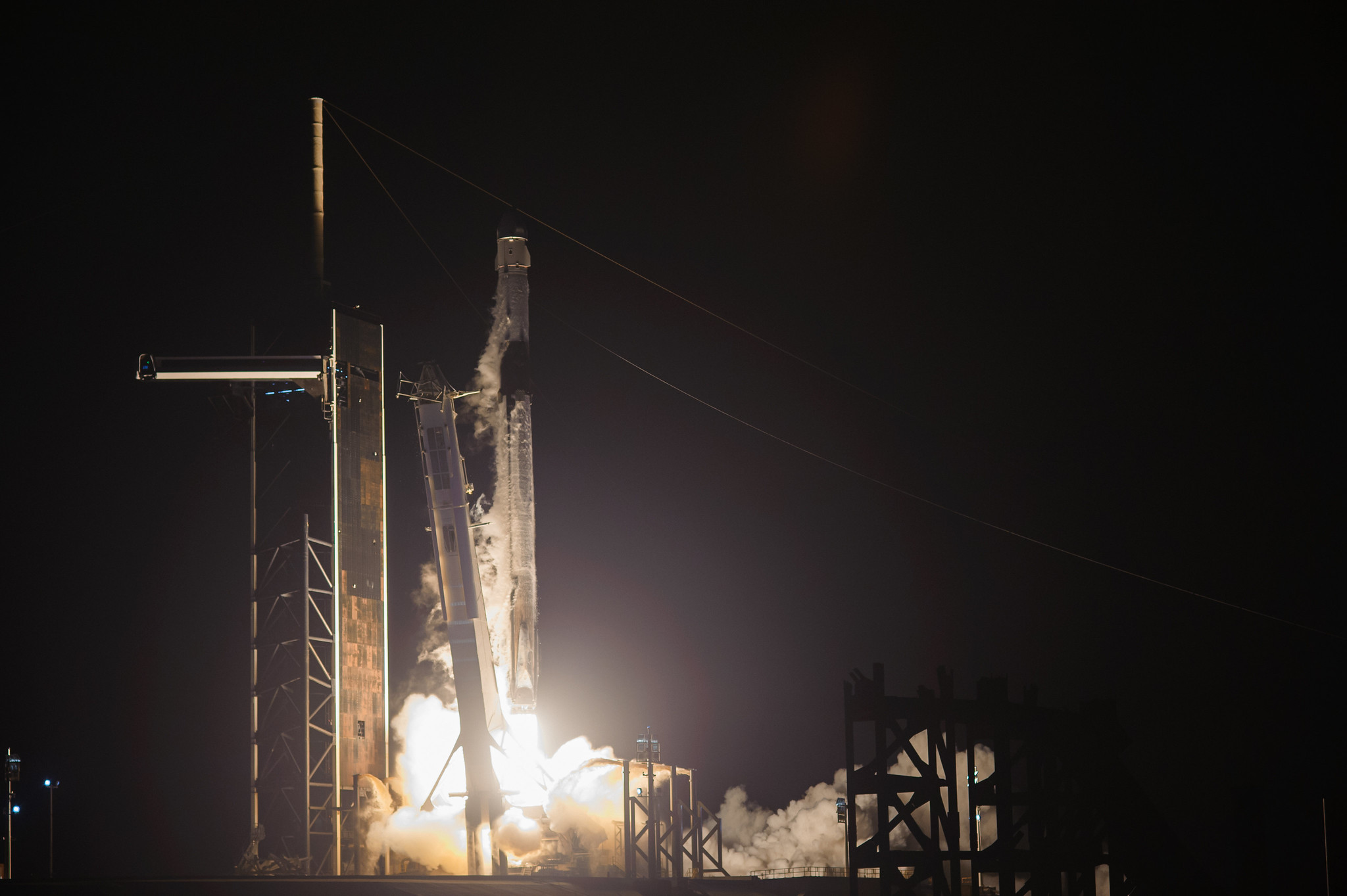
Dragon is scheduled to dock at 11:20 a.m. EDT on Saturday, July 16. The spacecraft is expected to spend about a month attached to the orbiting outpost before it returns to Earth with research and return cargo. Launch day coverage of the mission will be available on the NASA website.
NASA Helps Decipher How Some Distant Planets Have Clouds of Sand

A new study reveals the temperature range at which silicate clouds can form and are visible at the top of a distant planet’s atmosphere. The finding was derived from observations by NASA’s retired Spitzer Space Telescope of brown dwarfs. The study fits into a more general understanding of how planetary atmospheres work. The James Webb Space Telescope will be able to confirm silicate clouds on distant worlds.
